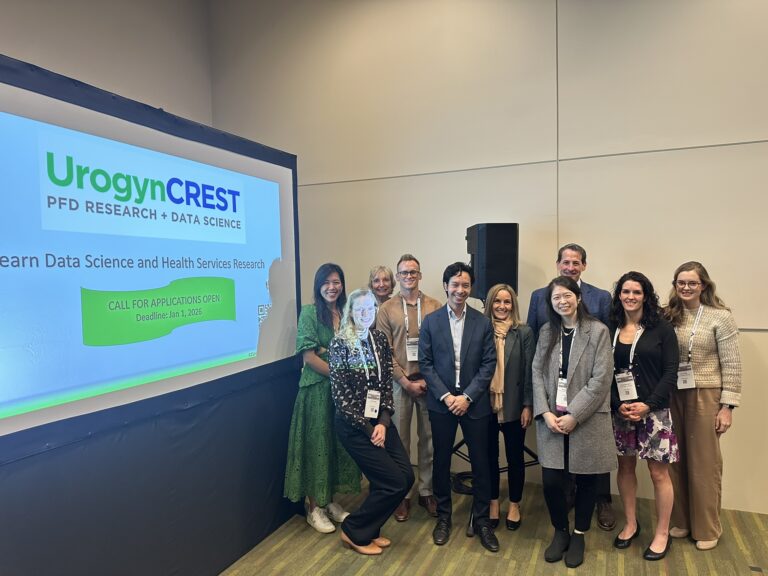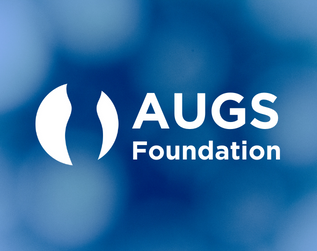Year 1: Coursework
Participants use the Canvas online learning platform to access their coursework. Courses are taught by experts in study design, economic, psychometric, and decision-analytic studies, statistical techniques in R for health services research. Course content consists of reading material, didactic videos by the faculty, faculty-participants group discussions, and assignments with feedback from faculty.
In addition, a Data Science component through Coursera will provide participants with a strong foundation in programming and data manipulation:
Introduction to Data Science via Coursera
Taught by Mine Çetinkaya-Rundel, Professor of the Practice of Statistical Science, Duke University
-
- Welcome to Data Science
-
- Visualizing and wrangling data
-
- Fundamentals of data & data visualization
-
- Tidy data & data wrangling
-
- Merge conflicts
-
- Confounding variables and Simpson’s paradox
-
- Coding style + Data types + Recoding variables
-
- Making rigorous conclusions
-
- Factors + The language of models
-
- Formalizing linear models
-
- Modeling nonlinear relations + Introducing multiple predictors
-
- Multiple linear regression + Model selection
-
- Prediction and model validation
-
- Estimation via bootstrapping
-
- Hypothesis testing via simulation methods
-
- Inference overview
-
- Central limit theorem
-
- Inference for regression
-
- Web scraping
-
- Functions and automation
-
- Interactive data visualization and reporting
-
- Bayesian inference
Year 2: Mentor and Biostatistical Support, Data Access, Manuscript Submission
Participants are matched with expert clinical mentors and a UrogynCREST alumni peer mentor. Mentors work with participants to develop a Statistical Analysis Plan. Ongoing interaction ensures that projects adhere to the highest standards of scientific validity and remain on track. Having completed the Data Science component of the program, participants will be primarily responsible for data analysis. Participants are expected to obtain an existing dataset, properly store the dataset (with assistance from the Duke Data Repository team or similar), and prepare the dataset for analysis. Participants will also prepare the analysis materials for scientific transparency and reproducibility. A biostatistician will be available for consultation and analytics support. At the completion of the 2nd year, participants submit their project-based manuscript to a peer reviewed journal.
Participants are required to attend quarterly virtual meetings with program leaders and two virtual Advisory Committee meetings.
Locating and Accessing Databases:
Participants select the dataset based on their research question, the characteristics of the dataset, and its rules of use. Data dictionaries are available to verify variables for research proposals. Each data repository will have a required process for requesting, housing, and using data that participants are responsible for following after acceptance into the UrogynCREST Program. The trans-NIH Biomedical Informatics Coordinating Committee (BMIC) is a rich resource for locating data repositories. Some publicly available databases that many urogynecologists are familiar with are:
- As of 2025, we are offering specific STAR Clinical Research Network site databases to UrogynCREST participants for their projects free of charge. We are no longer providing CMS databases.
- NIDDK public repository: LURN and MAPP Research Networks, BE-DRI, SISTEr, PRIDE, ValUE, TOMUS, BACH, VIEW, ICDB
- NICHD public repository (DASH): CARE, OPUS, OPTIMAL, E-OPTIMAL, SUPeR, Colpocleisis, ESTEEM, HMS-ESTEEM, CAPABLe, ROSETTA, ABC, NOTABLe, Consortium of Safe Labor (CSL)
- US Census: American Community Survey Data
- European: https://data.europa.eu/data/datasets?locale=en&query=incontinence&page=1
Participants may consider using institutionally-purchased databases such as CMS Medicare, Medicaid, NSQIP, or LTC Data Cooperative.
Dissemination and Networking: Participants present their research to peers, at the biannual Advisory Committee meetings, as well as at scientific conferences such as AUGS’ Annual Scientific Meeting. By the end of the program, they are expected to have at least one accepted or submitted manuscript of UrogynCREST-related research. Annual reports are submitted to the NIH detailing participants’ progress. Networking among participants is encouraged throughout the program, and participants build connections that facilitate multi-center studies and collaboration on further manuscripts, research projects, and grant applications.
UrogynCREST Information Meeting
Dr. Cindy Amundsen, UrogynCREST Principal Investigator and Program Director, held an informational meeting during AUGS PFD Week 2025 with mentors, current participants, and program alumni to share detailed information about this two-year online program.



